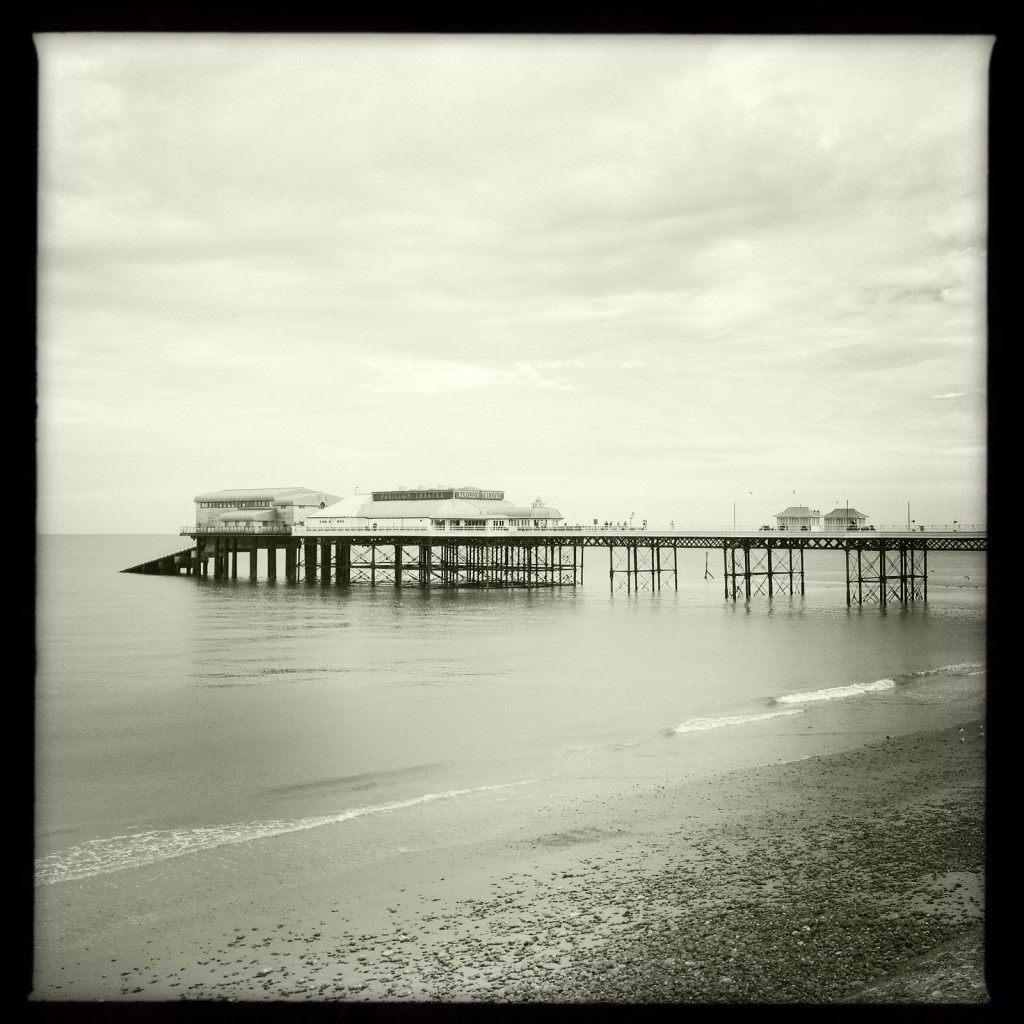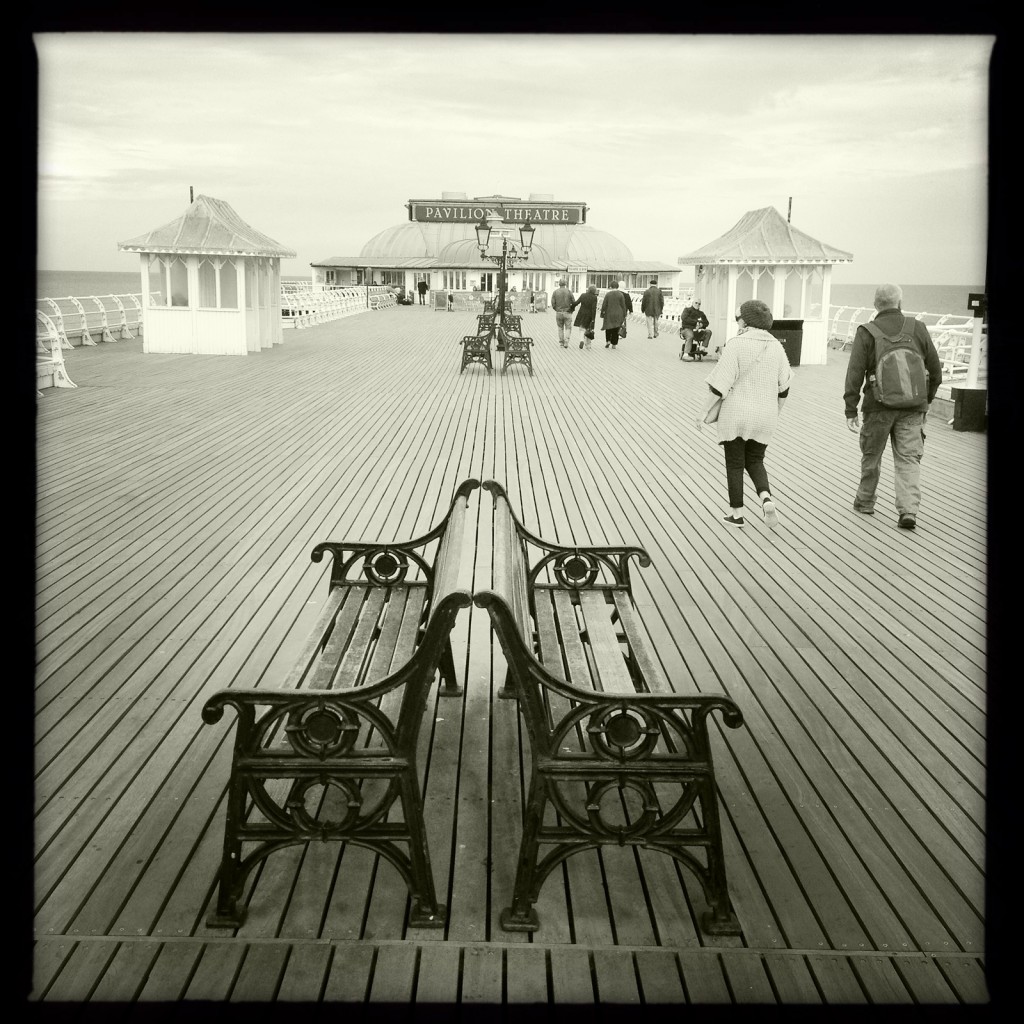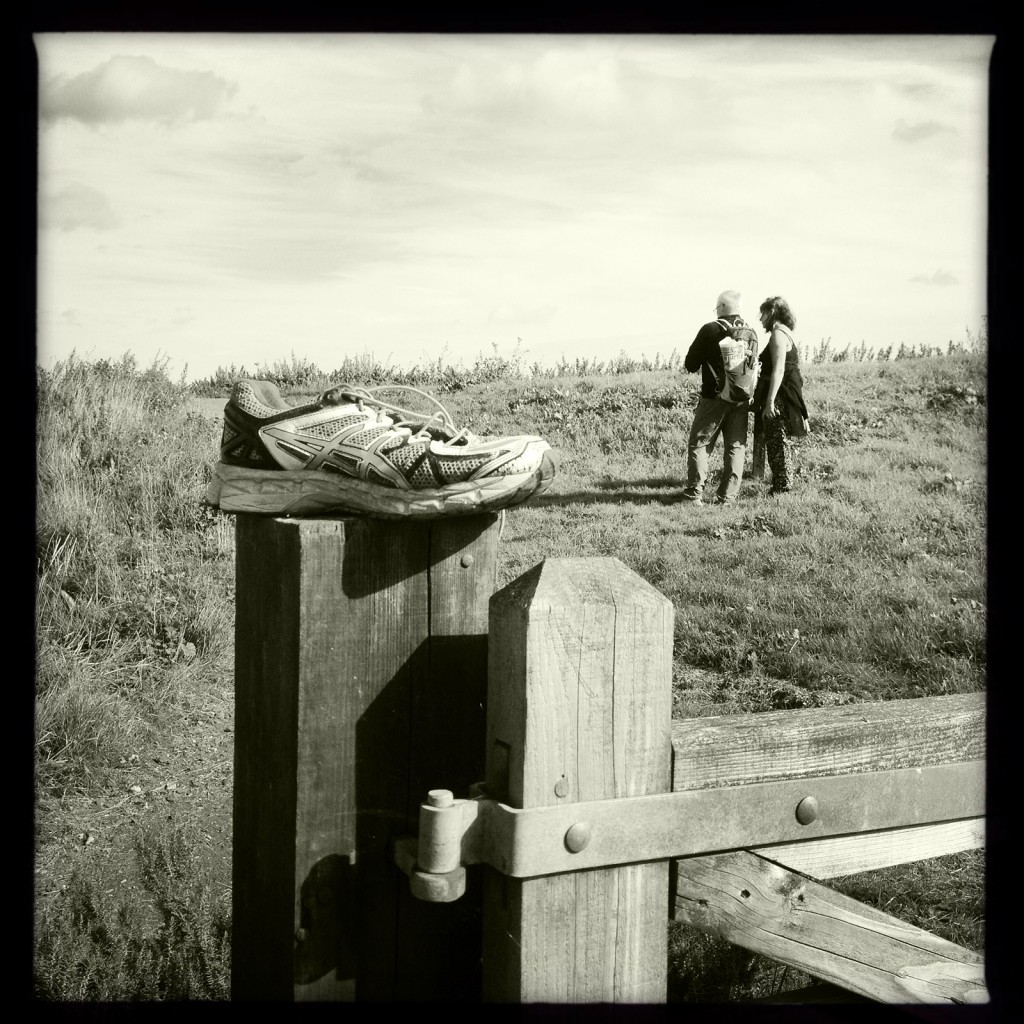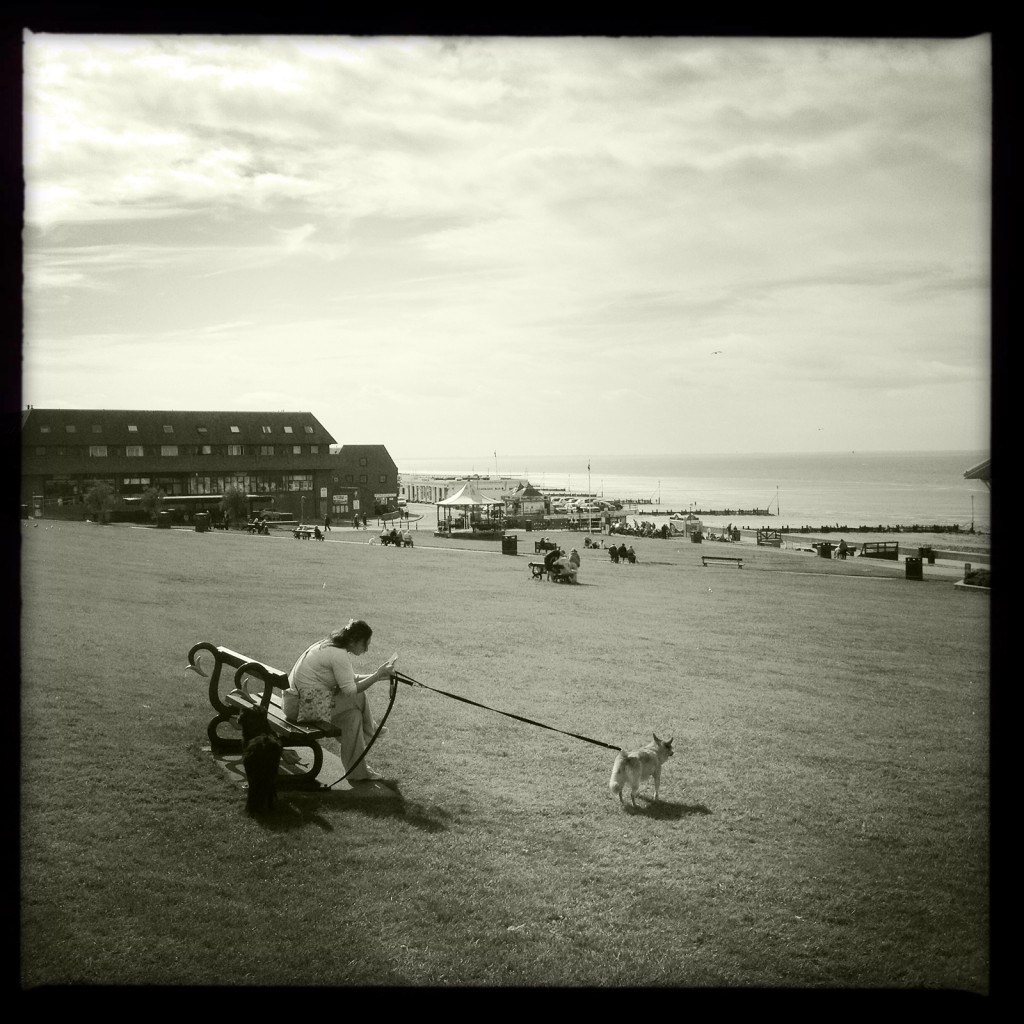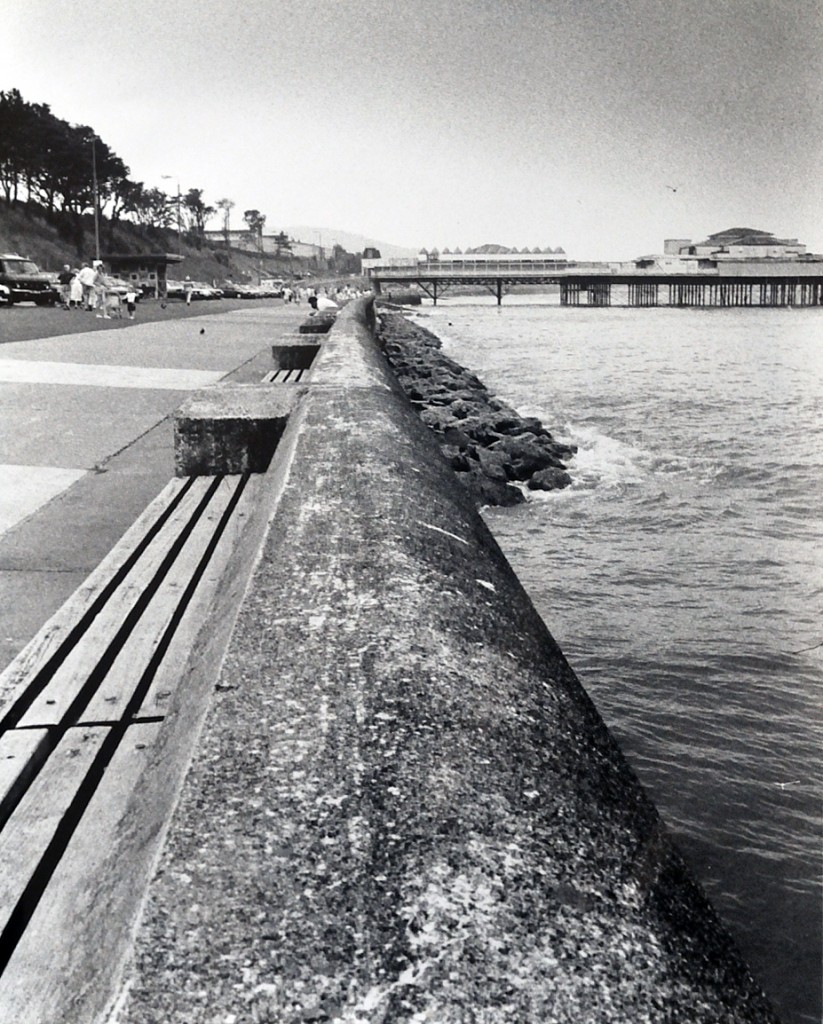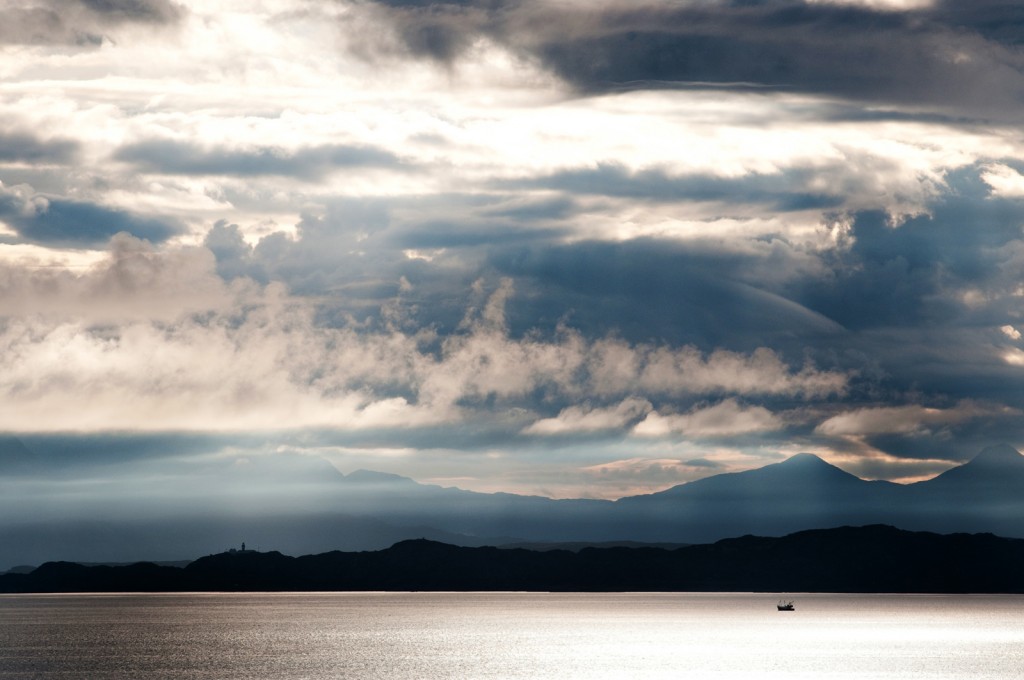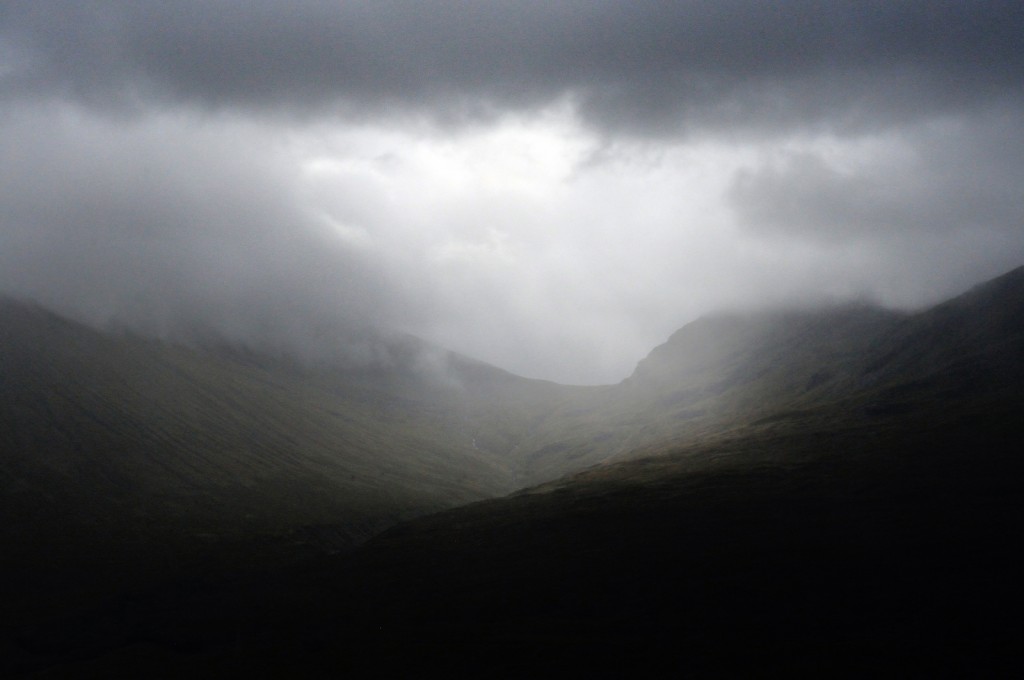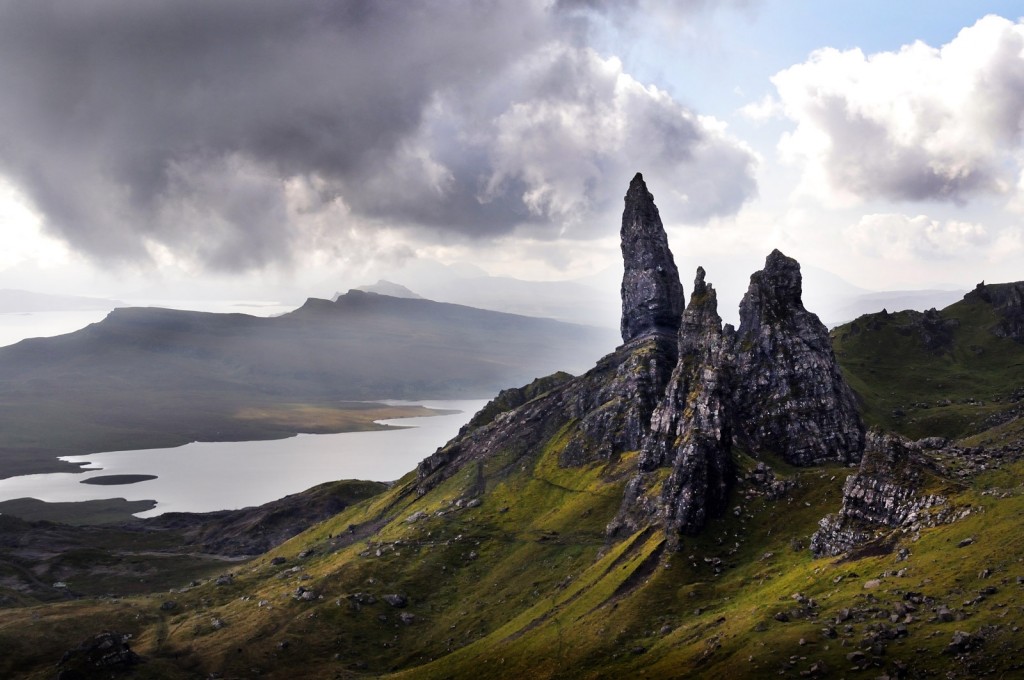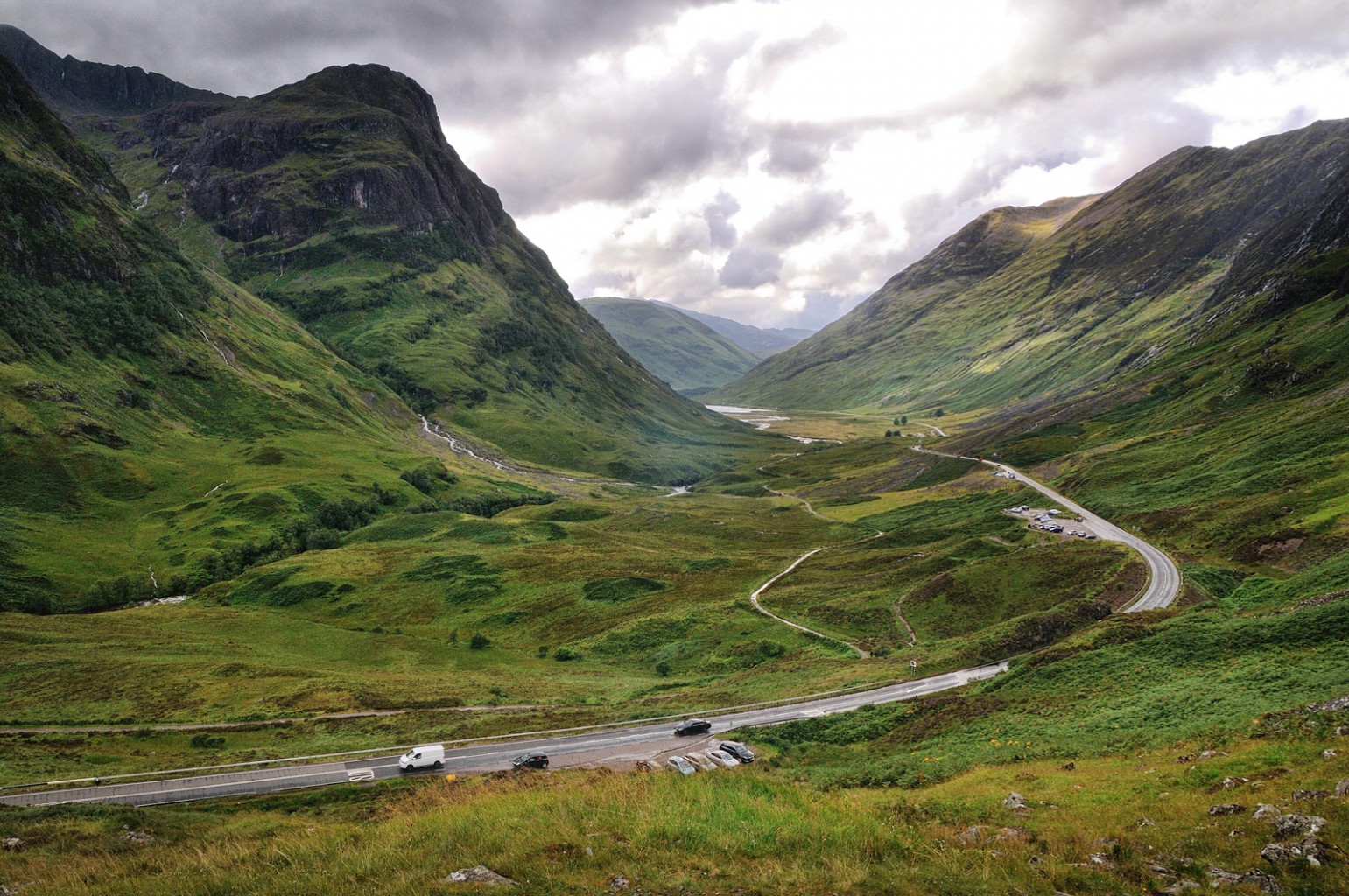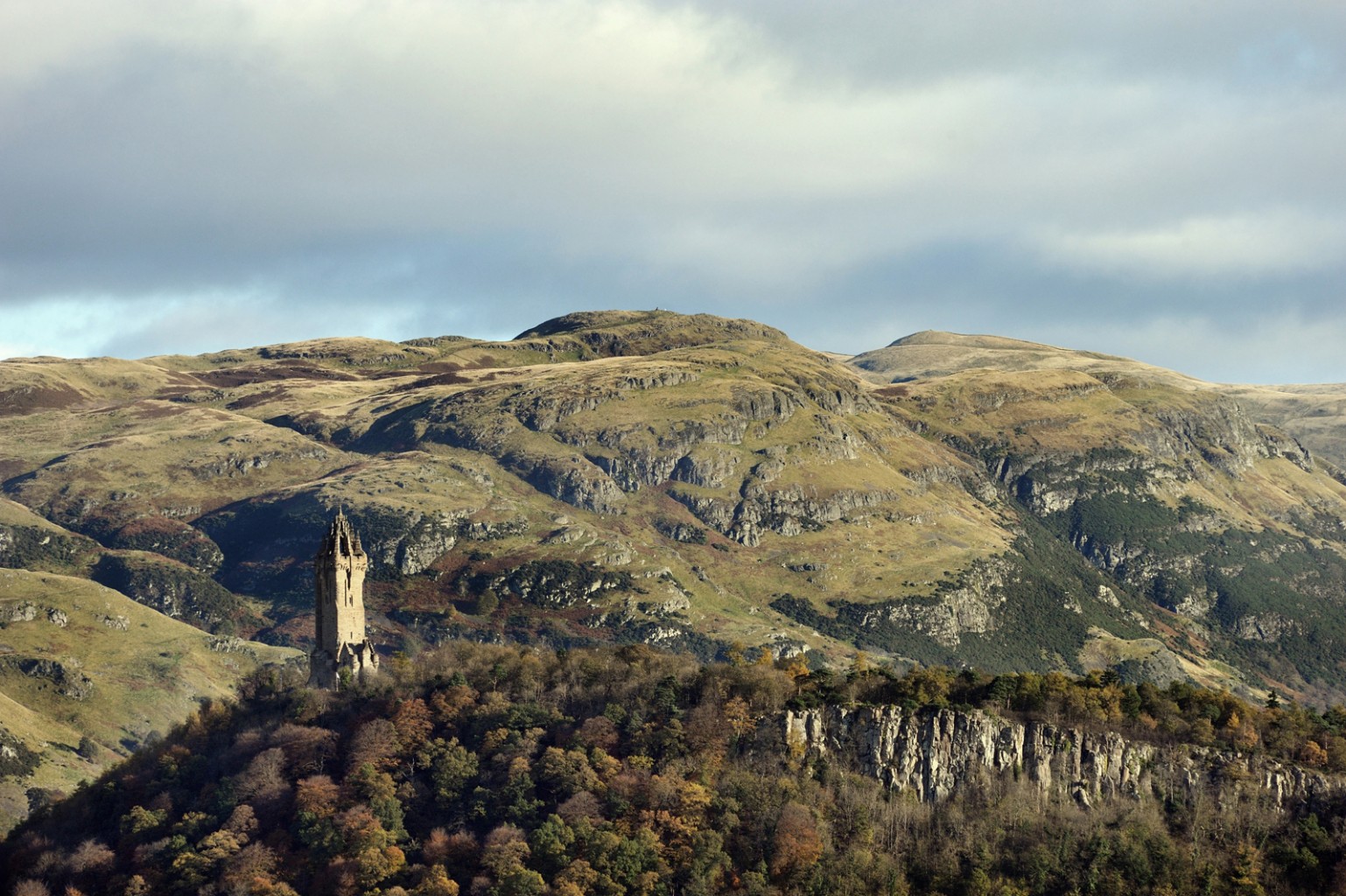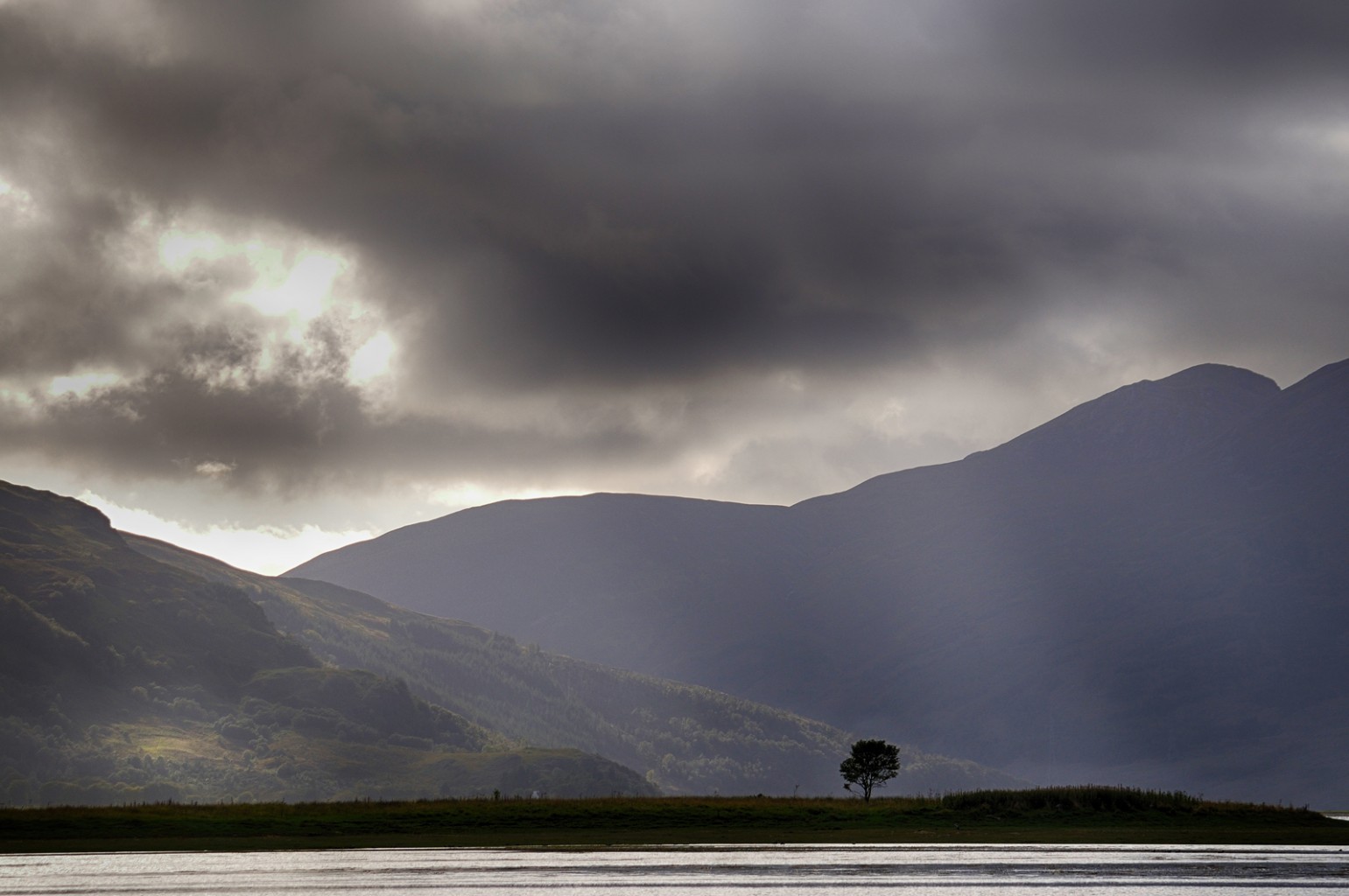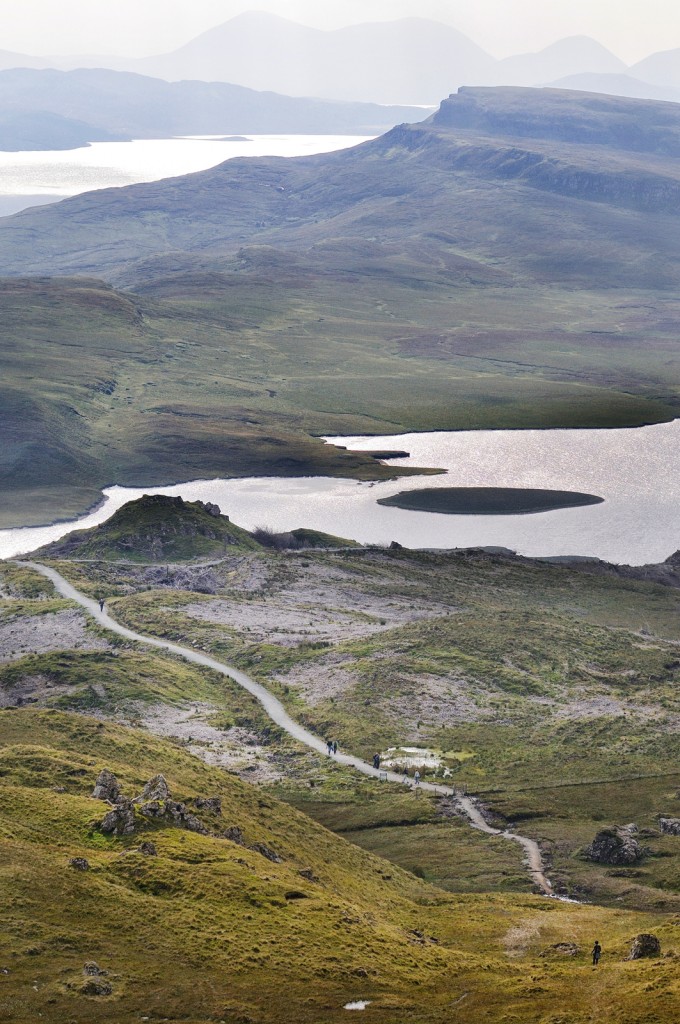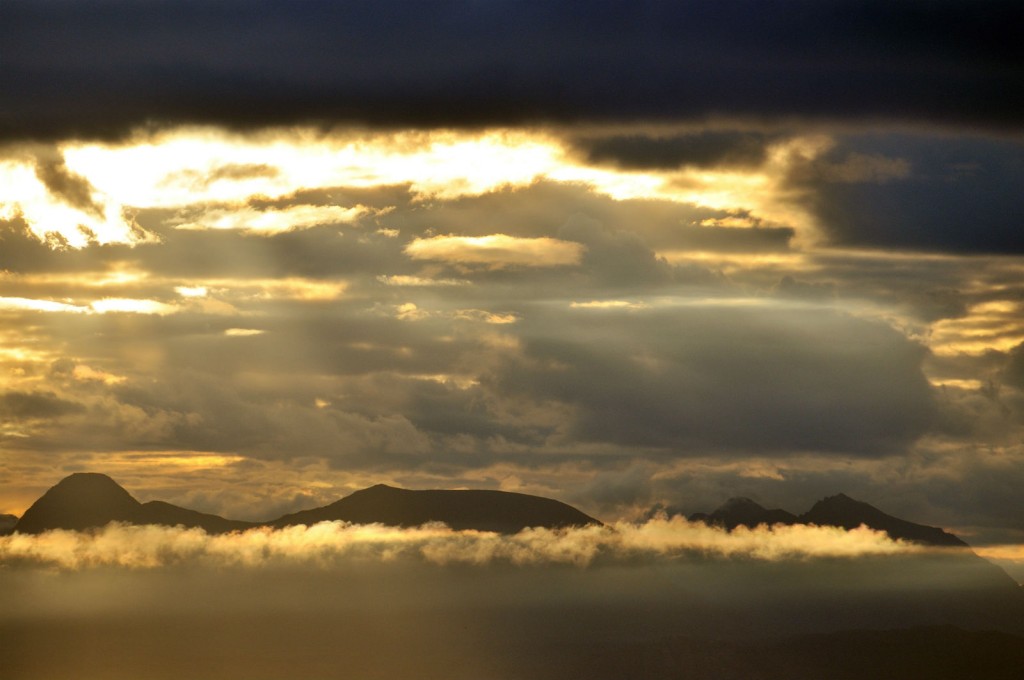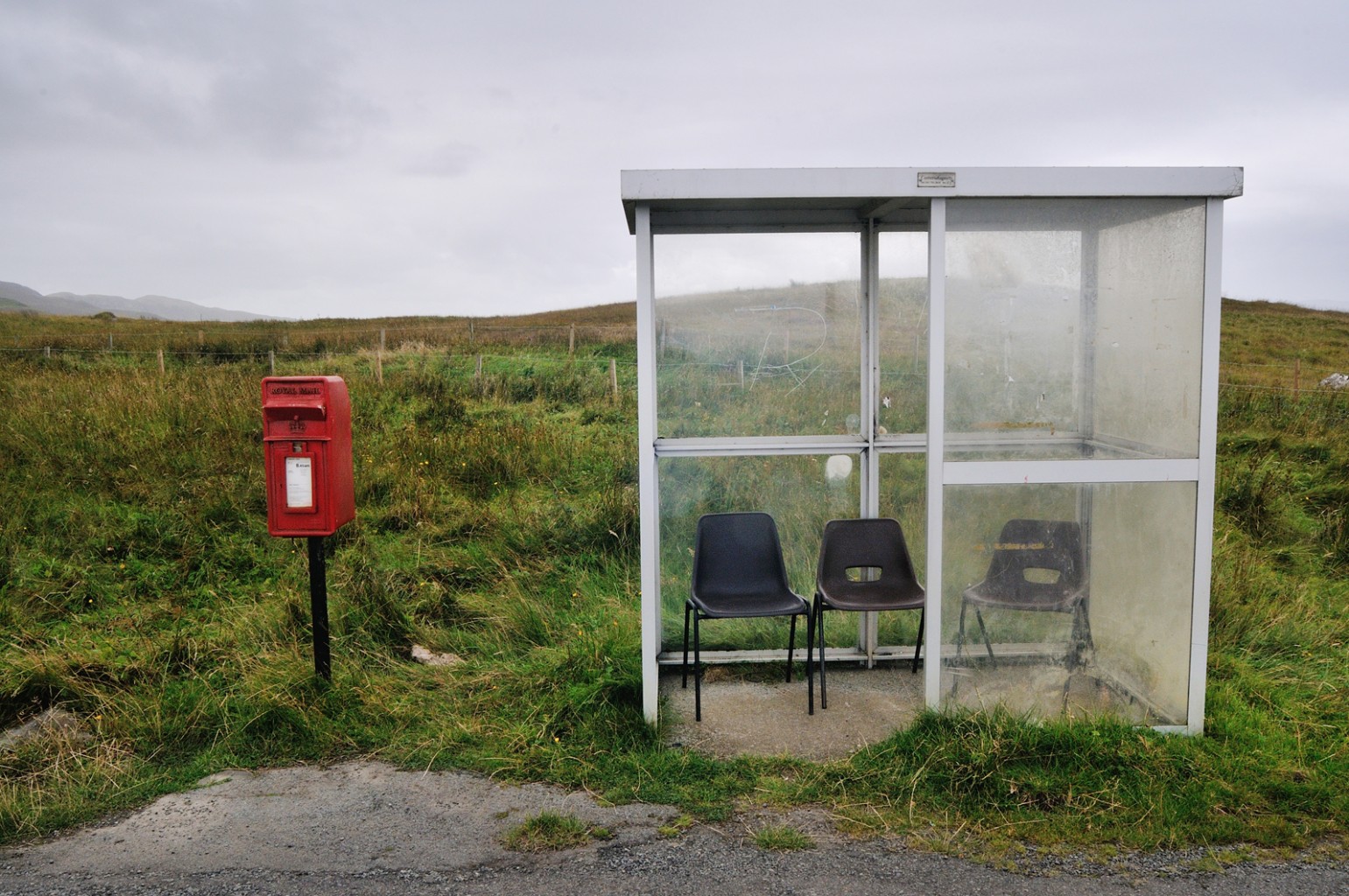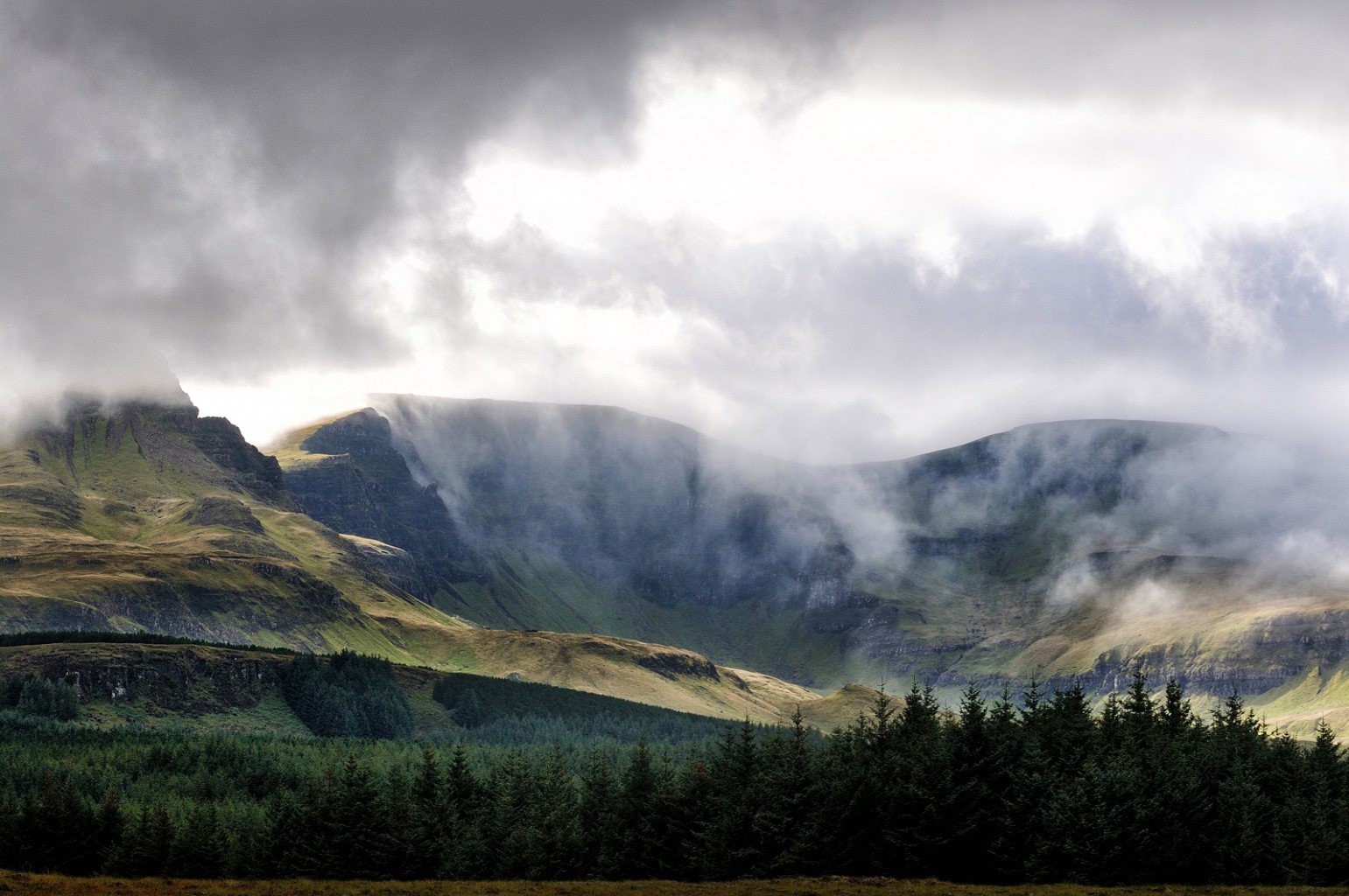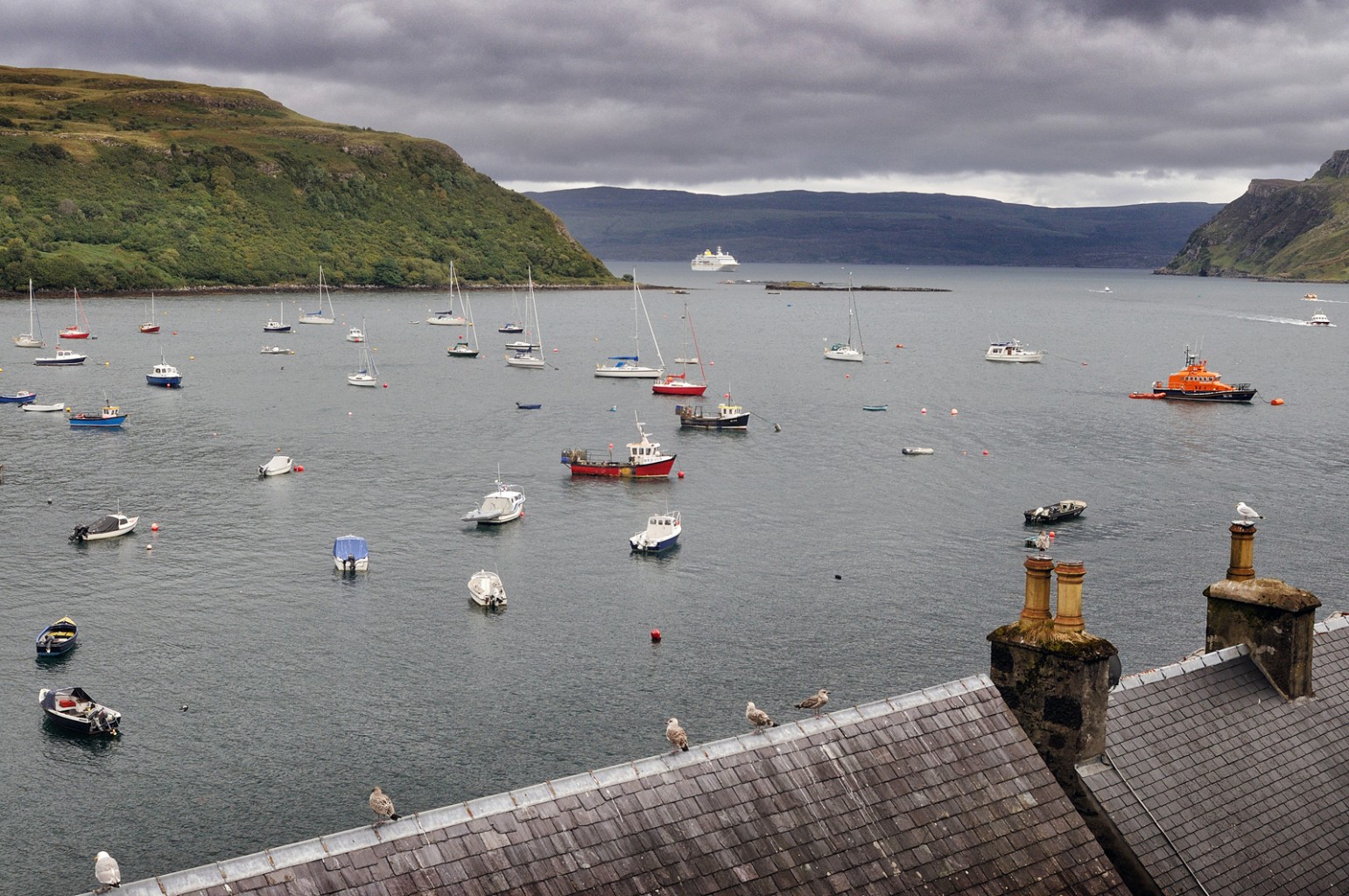New Edinburgh Photos for Book
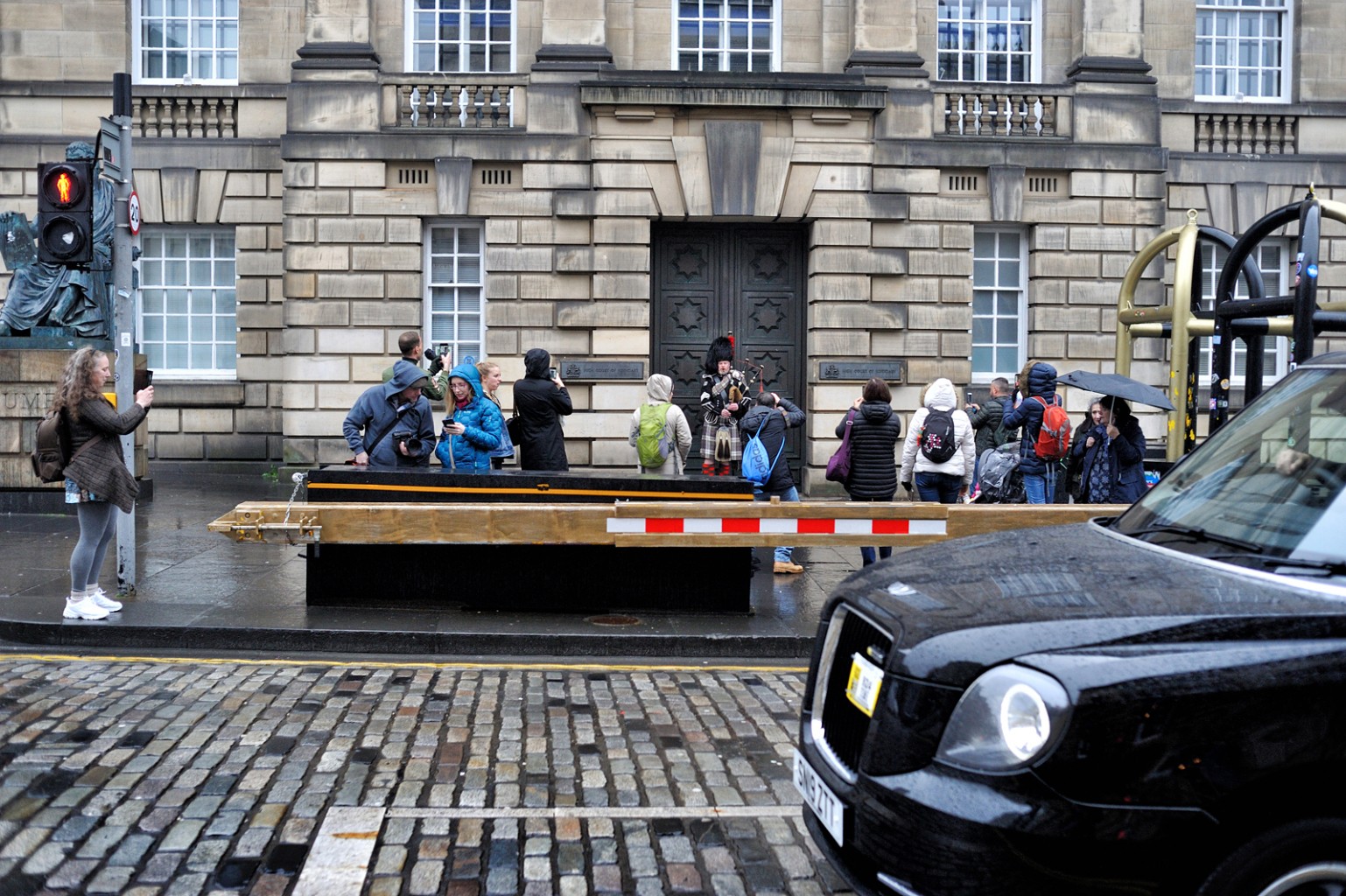
The final images for the Seven Hills book were shot during a visit to a very wet Edinburgh in early April. I got wet and the camera got very wet too. A worrying moment was had when a bit of water poured out of the front of my 35mm lens. Fortunately, it was water from the front of the filter rather than inside the lens. The rain just added that extra challenge.
The street photography images shot that day fill in a few gaps with regard to geography and subject matter. Overall I’m rather pleased with what I got during my short time there. The level of tourists meant that I could work pretty much without being noticed. Everyone had a camera! The only concern was making sure the camera and lens were dried regularly.
A favourite shot from the day is The Piper’s Audience taken along the Royal Mile at Lawnmarket. I’d taken some shots earlier but found them unusable due to rainwater on the filter. After removing the filter I went back a couple of minutes later to grab the image seen above. The line of people, most of whom seem to be taking or checking a photograph, tell their own story.
The book now goes into the final stages of adding and editing text. I am tempted to slightly delay the release of the book until November. This new date would fit in easier with work plans plus it would also mark four years since the book’s first images were shot in November 2015.

